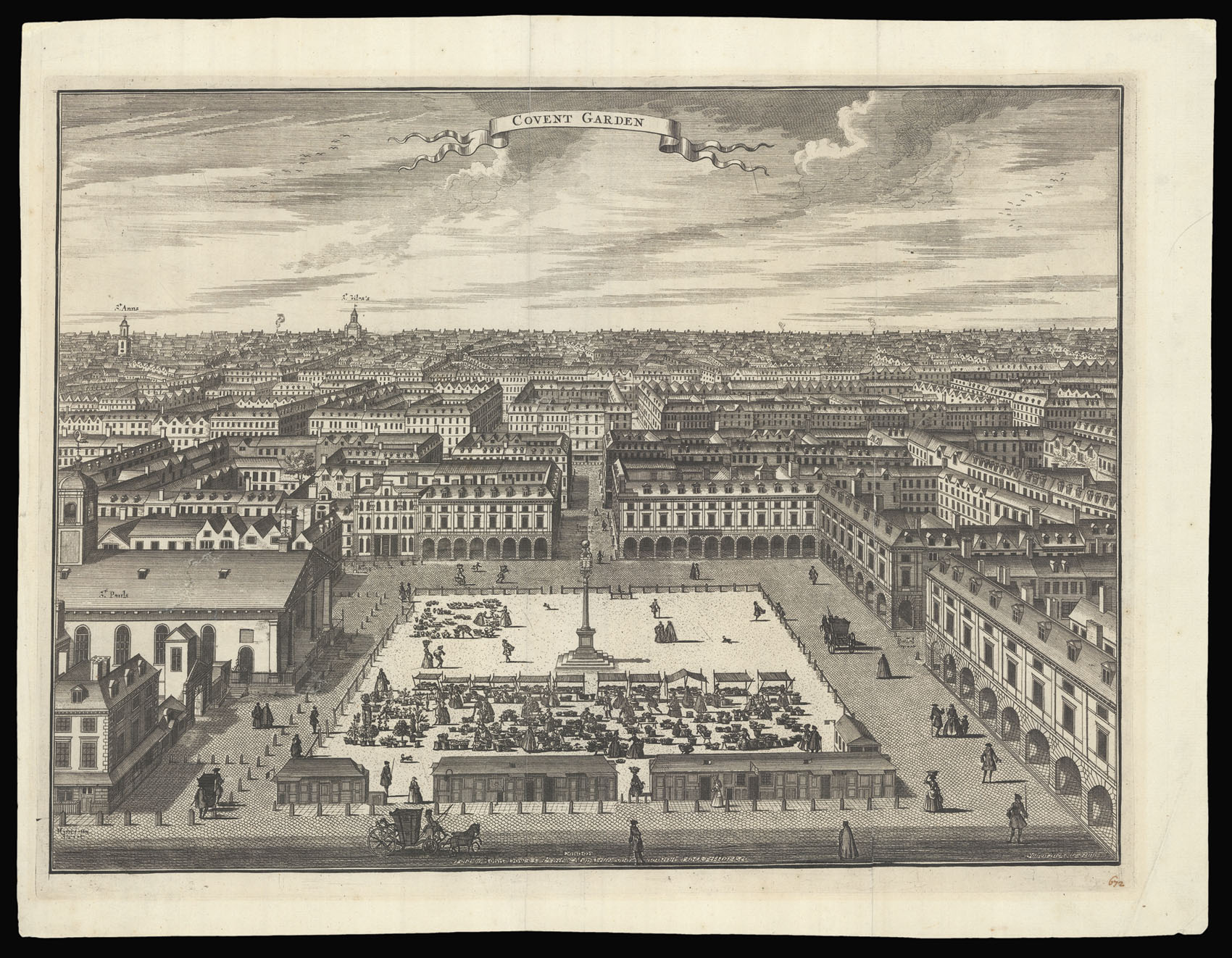-
×
![LANE, [Thomas after ADAMS, Dudley; and FERGUSON, James] Lane's Improved Globe](https://crouchrarebooks.com/wp-content/uploads/2025/03/21589_1H.jpg) The Swan River Colony
1 × £15,000
The Swan River Colony
1 × £15,000 -
×
 Covent Garden
1 × £450
Covent Garden
1 × £450 -
×
![OGILBY, John and MORGAN, William [Title, and upper border vignettes, with the prospect of London to accompany Ogliby's 1682 map of London].](https://crouchrarebooks.com/wp-content/uploads/2025/03/18113_1H.jpg) A Variety of Ornaments'
1 × £16,000
A Variety of Ornaments'
1 × £16,000
The manner and forme of the Arch-Bishops triall in the House of Peeres.
[London,
Printed by F.L. for Michaell Sparke Senior,
1644].
Etched print, trimmed to plate mark.
196 by 150mm. (7.75 by 6 inches).
18314
notes:
William Laud served as Archbishop of Canterbury under Charles I from 1633 until his execution in 1645. This was in part due to his theological and ecclesiastical views, but mostly because of how he used his power and proximity to the king to manipulate and persecute his opponents. The Long Parliament of 1640 accused Laud of treason, alongside that of the Earl of Strafford, whose execution was also depicted by Hollar. As in the case of Strafford, Parliament was unable to fi...
bibliography:
NHG Hollar 544 II; Pennington 555.







![HOLLAR, W[enceslaus] The manner and forme of the Arch-Bishops triall in the House of Peeres.](https://crouchrarebooks.com/wp-content/uploads/2025/03/18314_1H.jpg?x80091)
